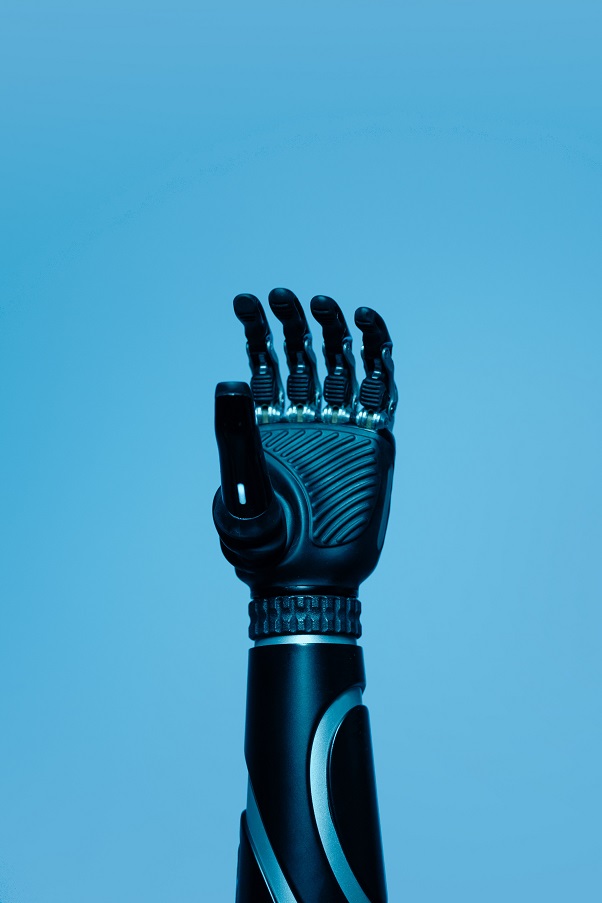Robots could make surgeries more less invasive and more precise.
With advances in medical technology, robots are increasingly being used in surgery. Some of the benefits of using robots include increased accuracy, improved safety, and shorter downtime. Robots can make very small and precise movements, which is essential for surgeries that require delicate work, such as hip replacement procedures. For patients hoping to undergo a replacement, using robots is less invasive and there is less tissue damage than performing it via conventional means.
In fact, a Henry Ford Health retrospective study found that robotic-assisted surgery for hip replacement had lower rates of complications than the traditional method. The study comes at a time in which robotic-assisted processes, in general, are becoming more popular and AI services are helping hospital systems become more productive. Robots have been developed to assist, rather than simply replace, surgeons and increase surgical precision.

The findings, published in The Journal of Arthroplasty, are the first from a large series of patient follow-ups. Researchers suggest that the dislocation rate for robotic surgery is “nearly four times less than the traditional method,” according to the paper. A dislocation is a relatively common post-surgery complication that happens when a new implant comes out of the hip socket.
In addition to helping to reduce the dislocation rate, the authors wrote that the risk for hip instability was “3.5 times less” when performed by robots “when controlling for gender, race, age, prior spine surgery and other accepted factors that can contribute to instability.”
Jason Davis, M.D., a Henry Ford joint replacement surgeon and the study’s senior author, cautioned readers “not to interpret the results as robotic surgery being superior to the tried-and-true traditional method. Current research comparing outcomes between the two procedures is limited.” He added, “Patients, in consultation with their joint replacement surgeon, should decide which surgical option is best for them. Robotic surgery for hip replacement surgery continues to evolve and more larger studies are needed to better define the advantages.”
According to the Agency for Healthcare Research and Quality, more than 450,000 total hip replacements are performed each year nationwide. These replacements alleviate pain after injury or due to decreased bone density related to aging, as well as increase range of motion and help patients return to their daily tasks with less downtime.
For the study, the research team reviewed previously collected data from 2,247 patients who had undergone hip replacements in the 6.5-year span between January 2014 and June 2020. The team evaluated dislocation rates and other complications post-surgery. The surgical approach in which robots were used implemented 3D imaging ahead of time to pinpoint markers for prepping the bone for the implant. The robot was able to guide the implant into place once it was ready for insertion.
Dr. Davis said the most patients who have type type of surgery do well regardless of the surgical method. It’s a major operation, but it can be life-changing for people who have been struggling with chronic pain and limited mobility. Using robots reduces complications and downtime, and patients can expect these to be used more and more over time.
Sources:
Henry Ford Health Study Suggests Robotic Surgery May Lower Risk for Hip Replacement Complications
Comparison of Postoperative Instability and Acetabular Cup Positioning in Robotic-Assisted Versus Traditional Total Hip Arthroplasty


Join the conversation!